The ultimate vacation home maintenance checklist – 14 expert tips to help you open up and close down easily and with confidence
Doing these will help eliminate any nasty surprises when you return
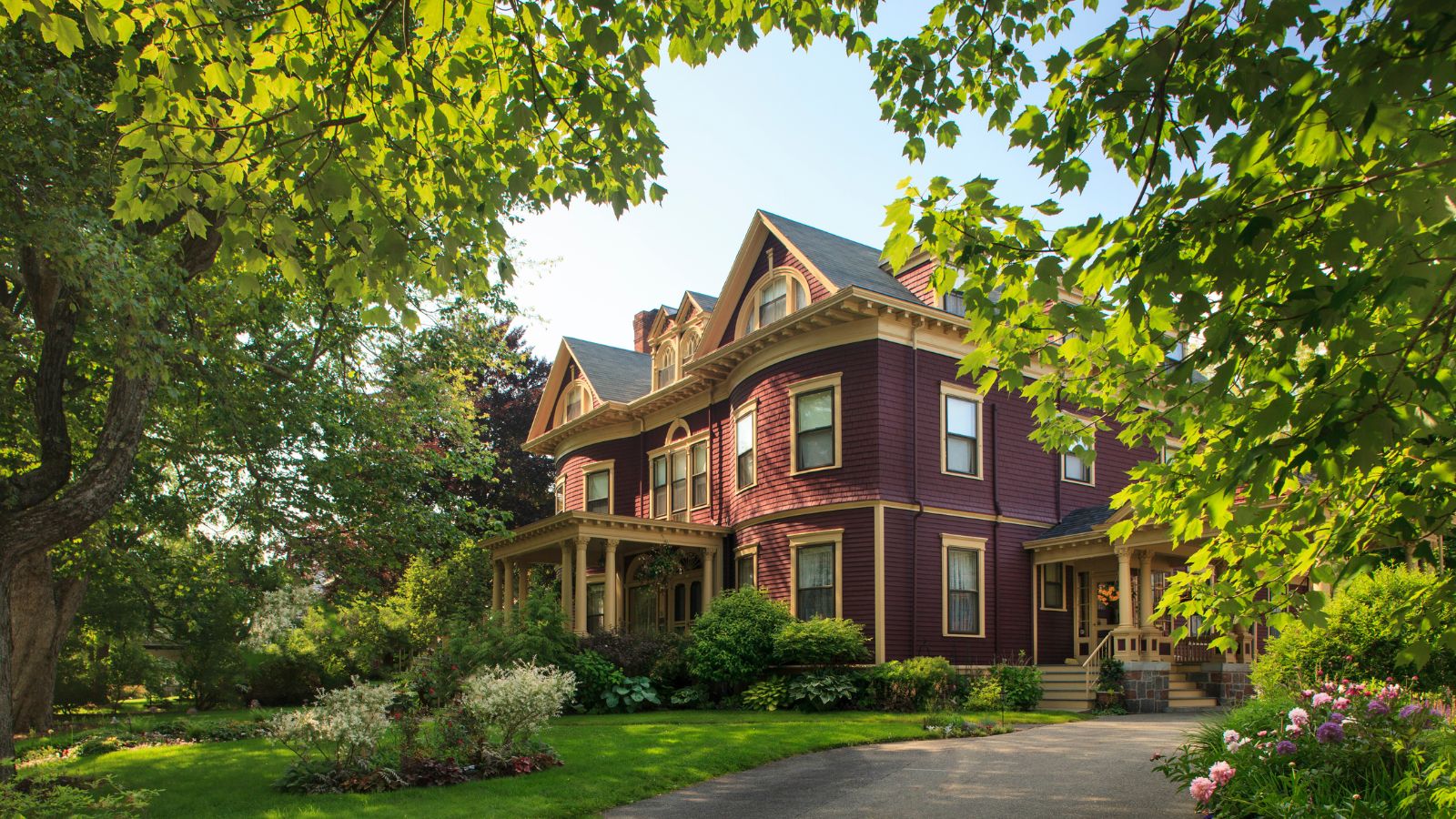

A vacation home is a source of countless special memories and whether yours is a city apartment or beach, lake or log cabin, a vacation home maintenance checklist will help keep yours a wonderful place to spend down time with loved ones.
Vacation home maintenance is somewhat different from the work you do on your permanent home as it's often left standing empty for long periods. Our home pros say this leaves them more vulnerable to the elements, pests, and other issues in ways that you typically won’t see in a property that’s constantly occupied.
So, to avoid a nasty surprise come next vacation season, we’ve consulted experienced real estate and home maintenance pros, all of whom own or professionally maintain vacation properties. Kick off with spring home maintenance jobs, and bookmark this guide, which is split into two sections: opening up and closing down.
Maintenance essentials for opening up and closing down your vacation home
Most people will need to do the bulk of their vacation home maintenance twice a year: once before the start of the season and once more before closing down for the winter (click to jump). If you use your vacation home regularly, almost like a second home, then you may consider reading our specific guides:
- Spring home maintenance and how to prepare your home for spring
- Outdoor cleaning tasks that need to be completed by summer
- Fall home maintenance and how to prepare a home for fall
- Outdoor cleaning tasks to complete in fall
- Things roofing pros recommend checking before rainy season
- How to prepare doors and window ahead of a big freeze
- Home maintenance mistakes to never make in winter
- Signs your home needs an urgent renovation or update
- Best humidity levels for homes year-round
Vacation home maintenance checklist: opening up
1. Turn the water back on
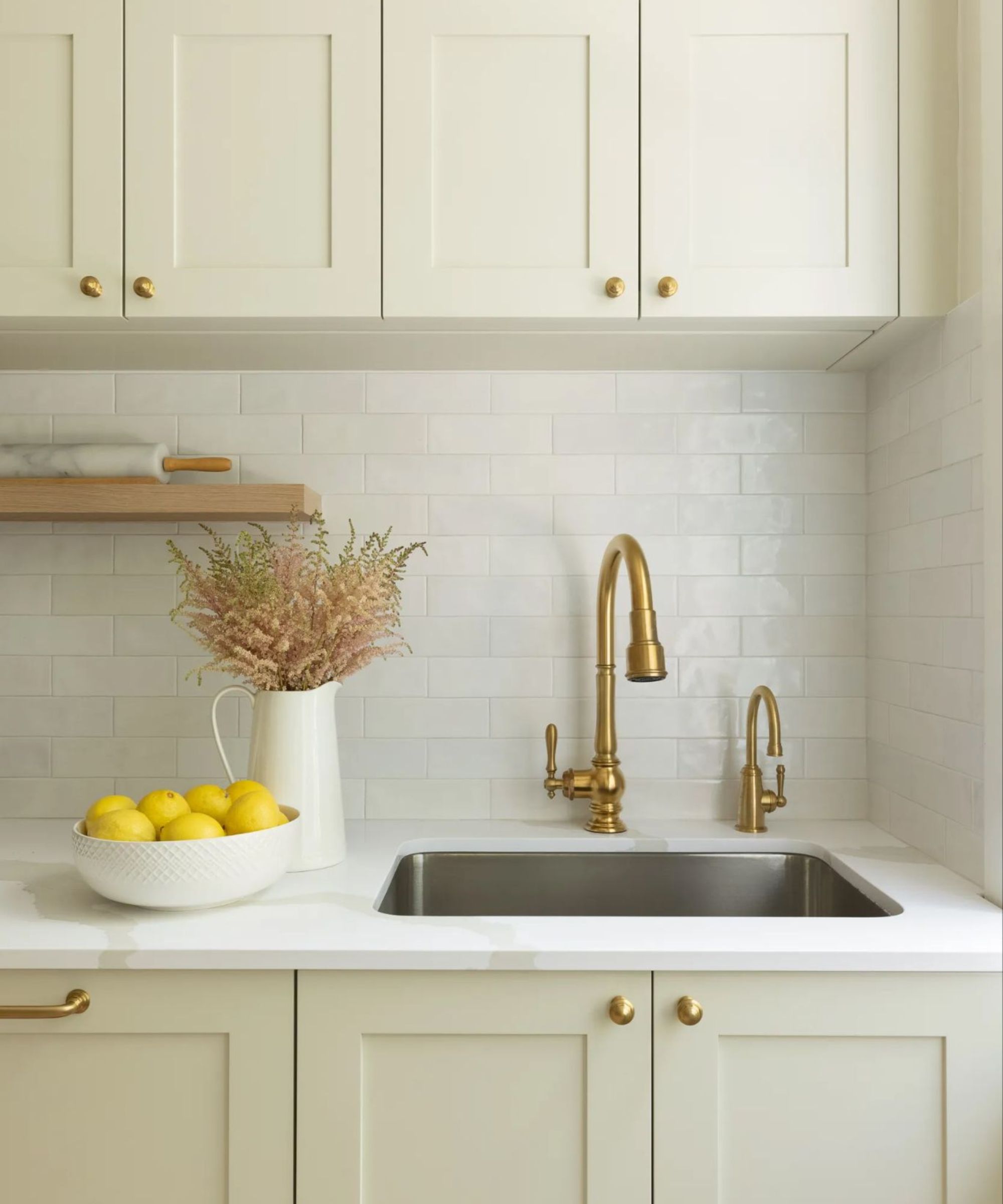
You won’t be able to do much at the property without running hot water. Turning on the water again in your vacation home will involve setting the water valve back in the open position and then opening all the spigots and faucets at the home. Most properties will have a hot water tank, so give it a little time before checking that the hot water is running.
If you encounter any issues, start with checking for common water heater problems. While you are opening up the faucets and toilet valves, it is a great time to inspect your plumbing and surrounding areas to check for mold.
Tim Choate, the founder of RedAwning.com, has been in charge of vacation home maintenance for over a decade. He has a piece of non-standard advice for vacation homeowners and that is to invest in a thermal imaging device to check for mold in plumbing.
It’s one of the only reliable ways to detect mold from leaks under a floor or behind a wall. Choate explains, 'This method is especially useful in areas with notable temperature variations, as trapped humidity or undetected leaks may rapidly become mold problems over the changing seasons.’
It may seem like an unnecessary extra step, but if your vacation home is located in a humid climate zone, or there are known past issues with mold, checking for mold you cannot see may well save you a very expensive mold removal process and renovation.
If you see any signs of it, get rid of black mold immediately or call in a pro. If you are wondering if mold kits work, they are not always reliable and are better used by experts who can simultaneously use other methods alongside a kit to verify a mold type or problem.
2. Inspect the HVAC system
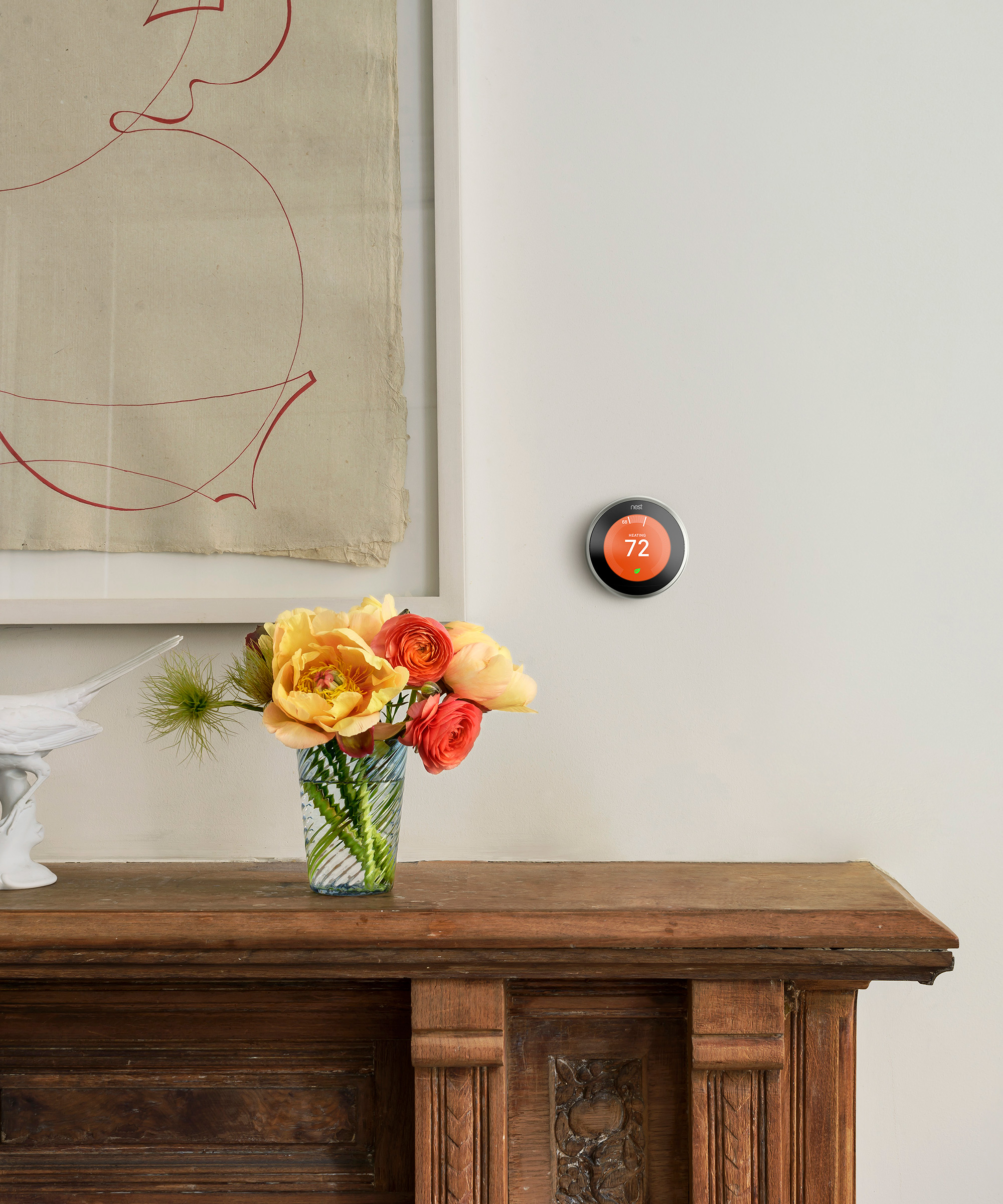
As a bare minimum, you’ll need to clean your HVAC system and replace old air filters with new ones. Forrest Webber, the owner of The Trade Table, advises getting an HVAC maintenance plan in place.
Forest says, ‘These plans are offered by most HVAC companies and usually come with regular inspections, airflow assessments, and additional perks.’
One such additional perk is that if something is wrong, the company doing the assessment will typically offer you a discount on fixing the issue. Find a local home and appliance service and repair team.
3. Turn on the heating and ventilate
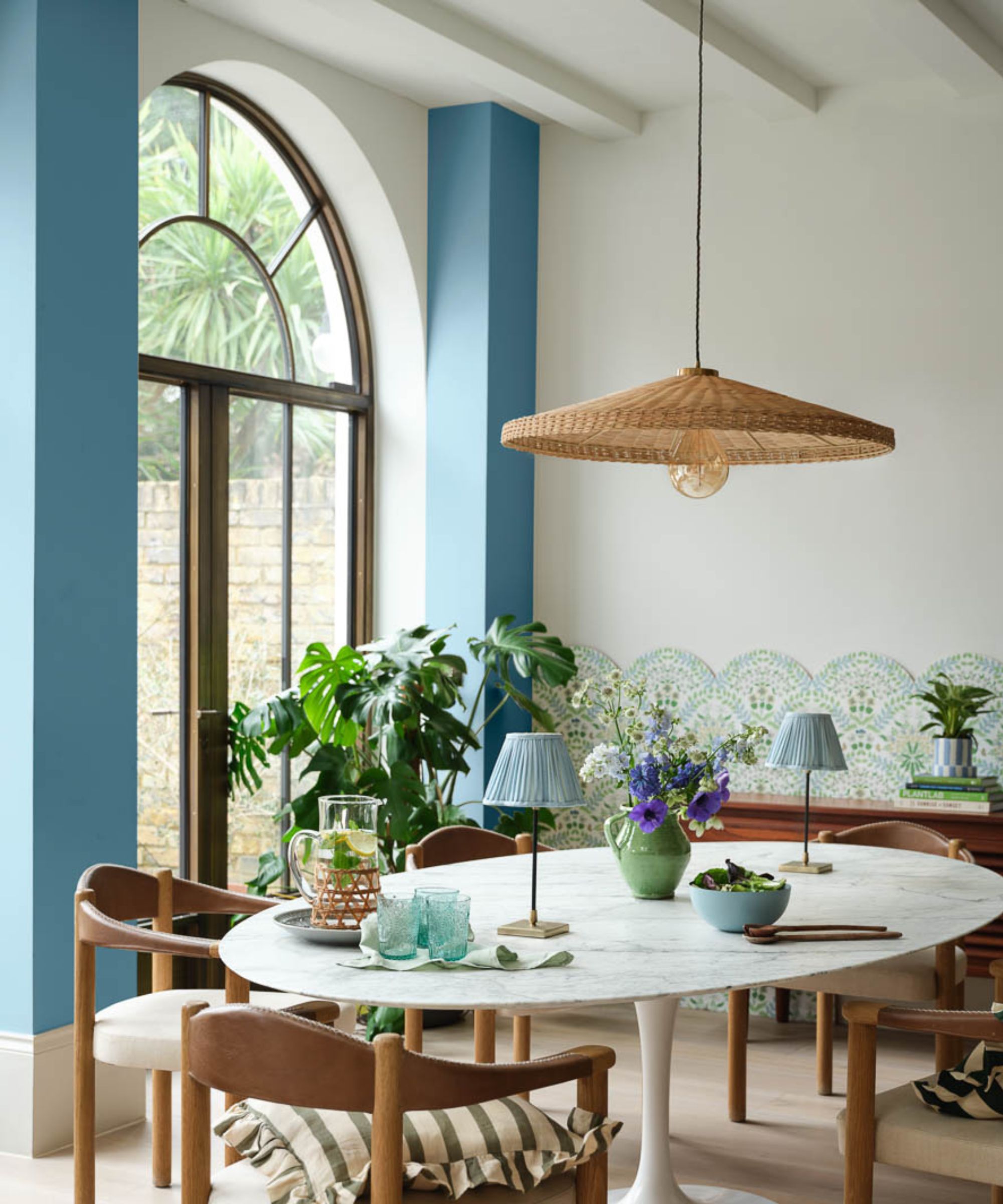
The next step is to thoroughly heat your vacation home. This step may be unnecessary if it’s already hot outside, in which case the best course of action is to open all the windows to ventilate the house before turning on the AC.
Even without a mold problem, most vacation homes will feel chilly and smell a little musty; all you need to do is thoroughly heat the place all the way through. Depending on the home heating type you have, this may take a couple of hours.
The shock ventilation method is also handy, and doesn't take long. This is particularly useful in winter when you don't want to chill the house drastically. it's not advised when it's raining outside however as this will likely increase the humidity in your home, which can leave it at risk of mold.
4. Check for signs of pests
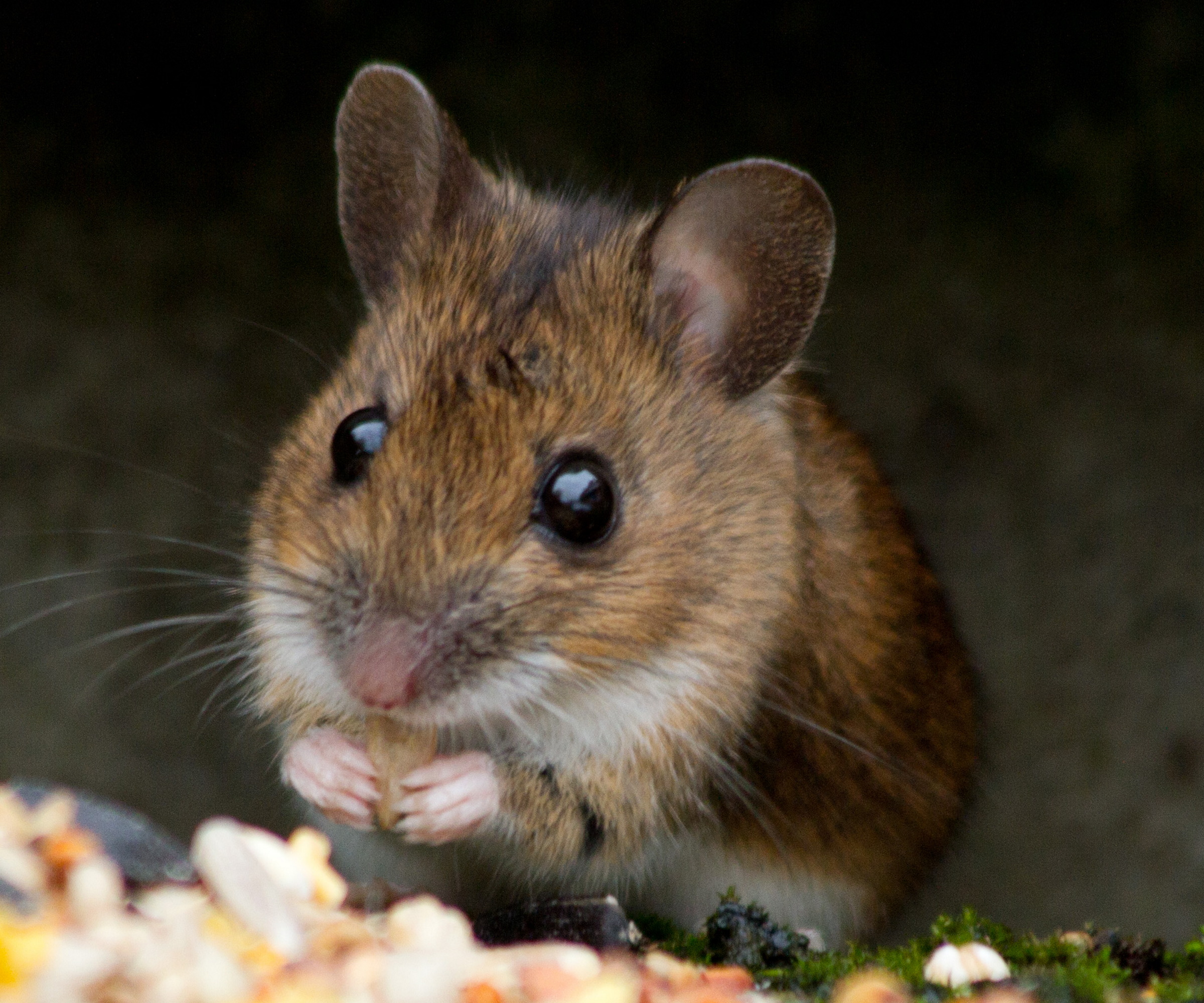
Obviously, if you set traps, you’ll likely be able to tell if you have a rodent issue. If you didn’t set traps to get rid of mice before leaving for the winter, check your home for visible signs of their presence:
- Check for telltale signs your have mice. This this includes droppings on countertops and inside kitchen drawers
- Check fireplaces, attics, basements and closets for signs of squirrels and chipmunks, which can include hidden acorns and nests.
Steve Schwab, CEO of vacation home maintenance firm Casago, recommends getting a routine pest inspection. ‘Even if you don’t think there is a pest problem because you haven’t seen any signs, it can be a good idea to have a professional come out every once in a while to assess your property’, he says.
Indoor pests are more than just annoying: they often chew through wiring, so one day you may end up coming back to a vacation home that has no electricity or Wi-fi.
We've spoken to pest control pros for a range of useful guides that are pertinent to maintaining vacations homes:
- Common fall pests
- Common winter pest infestations
- Common winter backyard pests
- Common roof pests
- Signs it's time to call a pest professional
- Signs of moths
- How to get rid of ants and how to get rid of carpenter ants
- Pest control mistakes
- Ways insects can enter your home
- Natural pest control methods
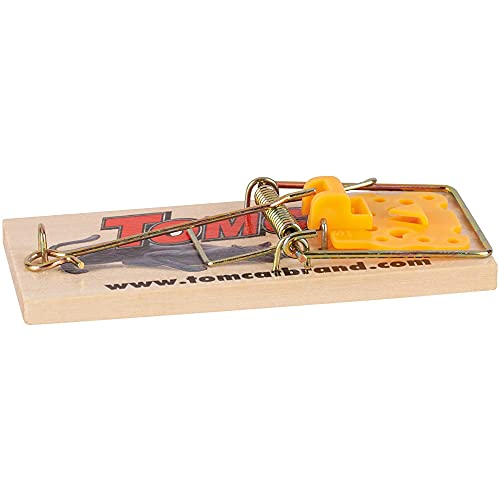
There's no need to reinvent the wheel when it comes to pest control. Classic snap traps, if set correctly with bait, are the most reliable (and humane) way to tackle rodents that may venture into your vacation home. Get more than you think you need and set the strategically around entrances, fireplaces, and all over the kitchen.
5. Clean thoroughly
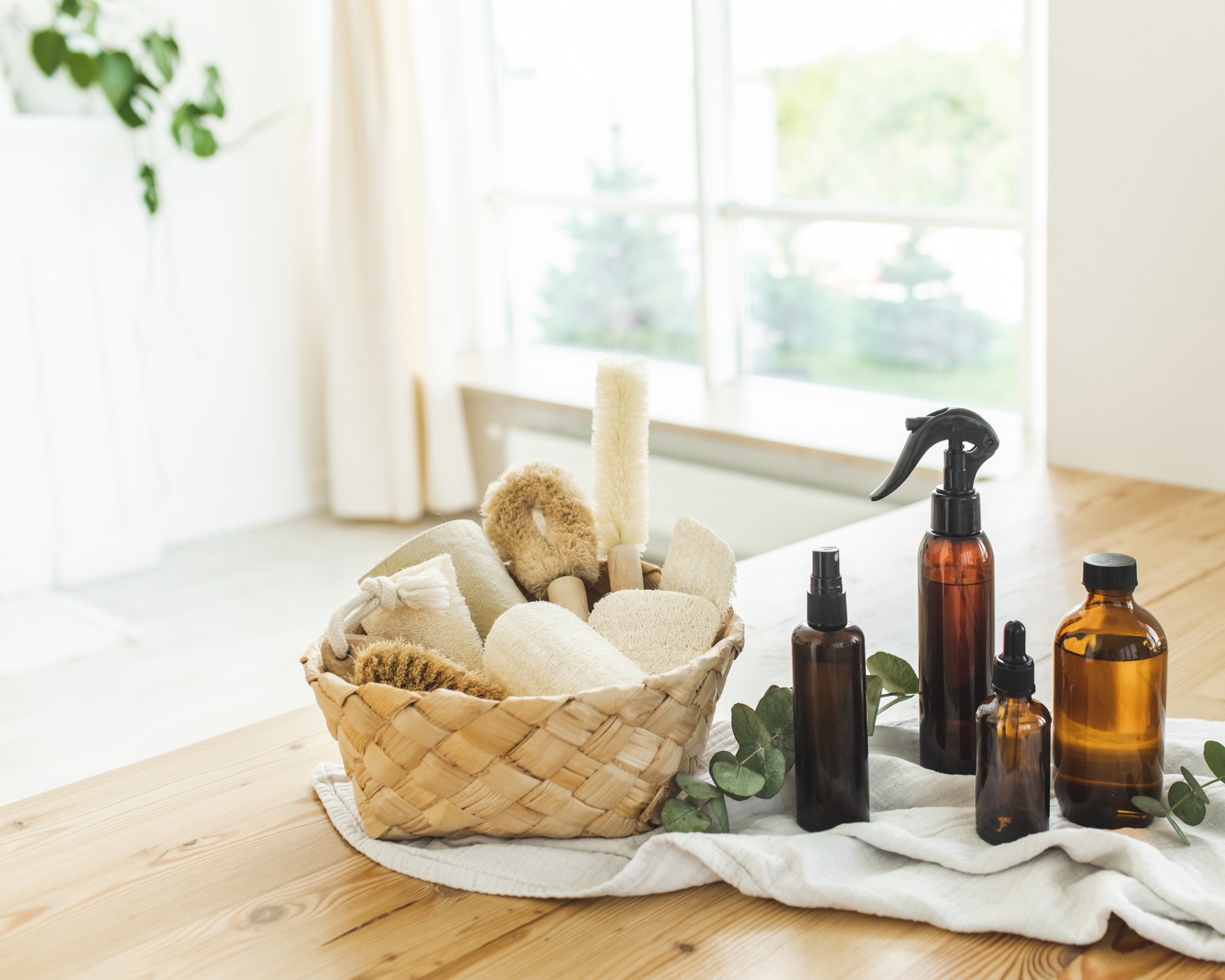
While the place is heating through, begin ticking off your spring cleaning checklist. Holden Andrews is the founder of Helpful Home Group and a real estate investor who regularly spends summers at a vacation home in Lake Oswego Oregon.
Andrews says, ‘The biggest thing I have learned from living in a seasonal home is to set yourself up for success when you get back. The worst part about coming back to the lake house each year is having to do the initial clean up and reorganization of everything.’
Cleaning up a vacation home that’s been standing empty for months is indeed not much fun. ‘All the indoor and outdoor furniture has been sitting all winter which means it's dirty, dusty and gross’, admits Holden.
- Wipe down all surfaces and furniture with a damp cloth and all-purposes cleaning spray.
- Mop hard floors and vacuum carpets.
- Clean dust using a lambswool duster for lamps, chandeliers, and smaller items.
- Clean the bathrooms.
- Outdoor furniture can be hosed down, provided it’s water-resistant. Non-water-resistant furniture will need to be wiped down in the same way as the indoor furniture.

Every vacatino home needs a couple of these on standby. There isn't anything that's quite as effective as bleach at removing grime and mold as bleach. There are many, many products to choose from, but we like Lysol. Use it to clean the bathroom(s) and kitchen both before closing and opening up.
6. Check the grill and firepit
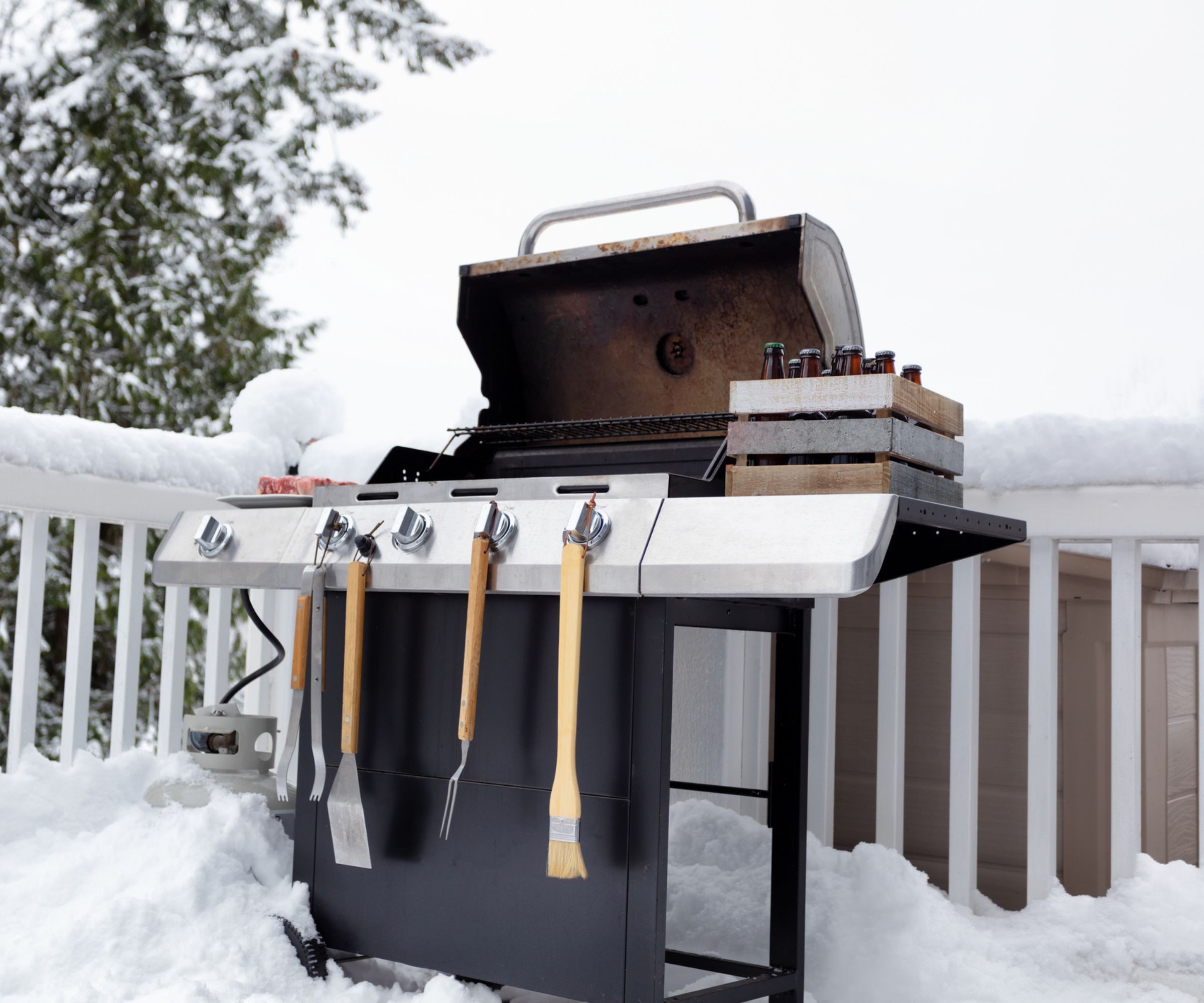
Whether you have one of the best grills or a budget one for your second home, remove the cover and give it a thorough clean. If you have a fire pit, remove any wood or ash left over from last year: all of that will be damp and will prevent your new fire from burning well.
Restock firewood and lighter fluid, available at Amazon.
7. Clean and clear the outdoor space
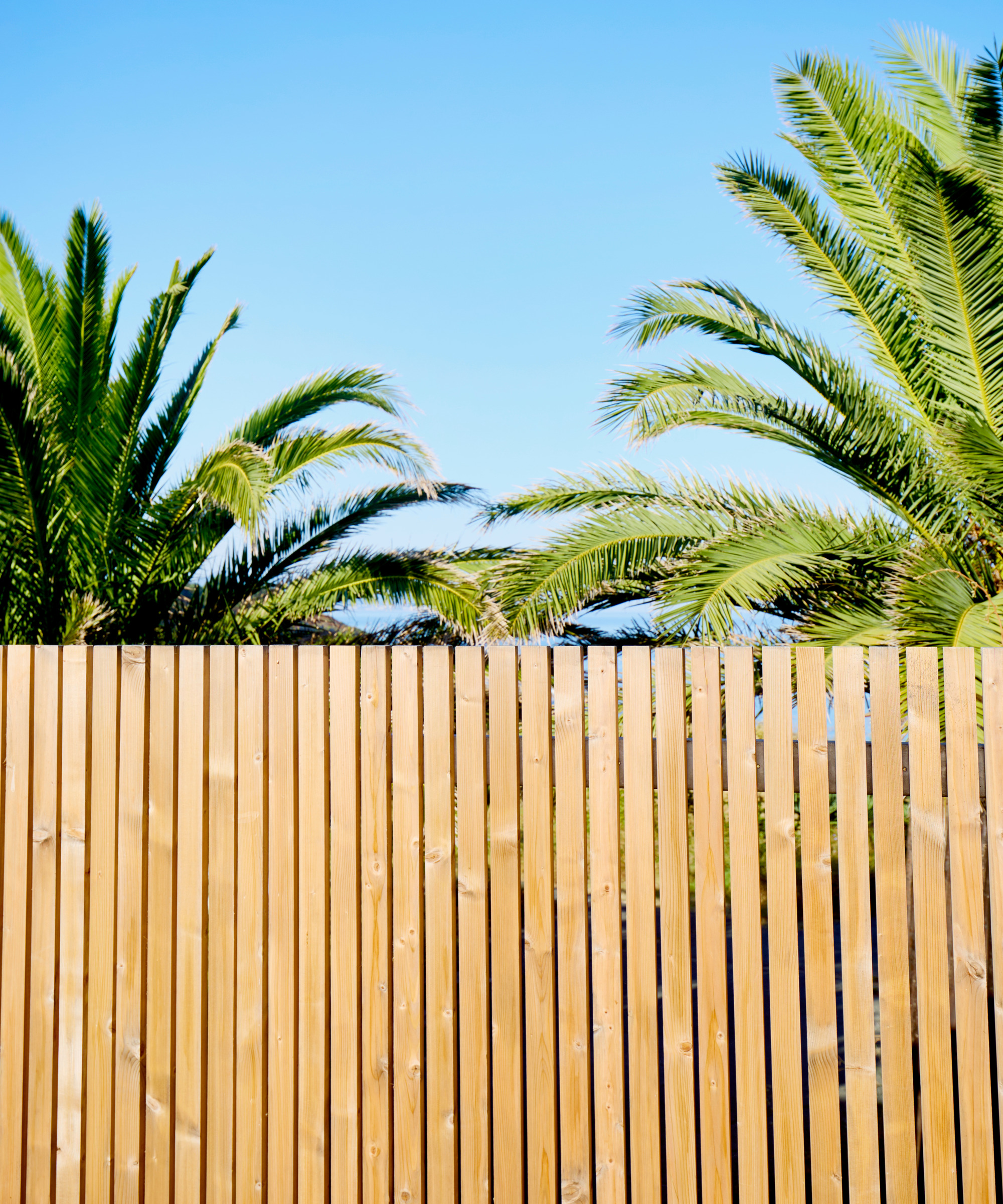
A lot will have happened to the outdoor part of your vacation property while you were away. Winter storms will have brought over debris and fencing may have broken or been knocked over. Some of the plants may have died off whilst others will need pruning in spring, or other months of the year. Now is the time to give your vacation home’s landscaping some TLC.
If you have a shed or garage, check that all your outdoor maintenance tools are in working order.
Some people prefer maintaining a tidy garden themselves when they get back to the property, but as Webber points out, ‘If you have a vacation home, you can likely afford to pay extra to maintain it.’ He recommends hiring a regular landscaper to look after the property while you’re away, which is ‘usually very affordable.’ Not only will you come back to pristine space, but hiring a landscaper ‘can also help you avoid fines from HOAs.’
Vacation home maintenance checklist: closing down
You’ve enjoyed your vacation home throughout the summer and perhaps even well into the fall. Most vacation home owners will want to close up the property once night time temperatures start hitting below freezing. In particular, if you only stay for a few days at a time, it’s not a good idea to leave a vacation home open in freezing temperatures.
Holden Andrews confesses he learned this lesson the hard way, explaining, ‘Two years ago, a pipe burst because it froze while no one was there and it caused the house to need to be completely remodeled over the course of a year.’
1. Clean and put away outdoor furniture
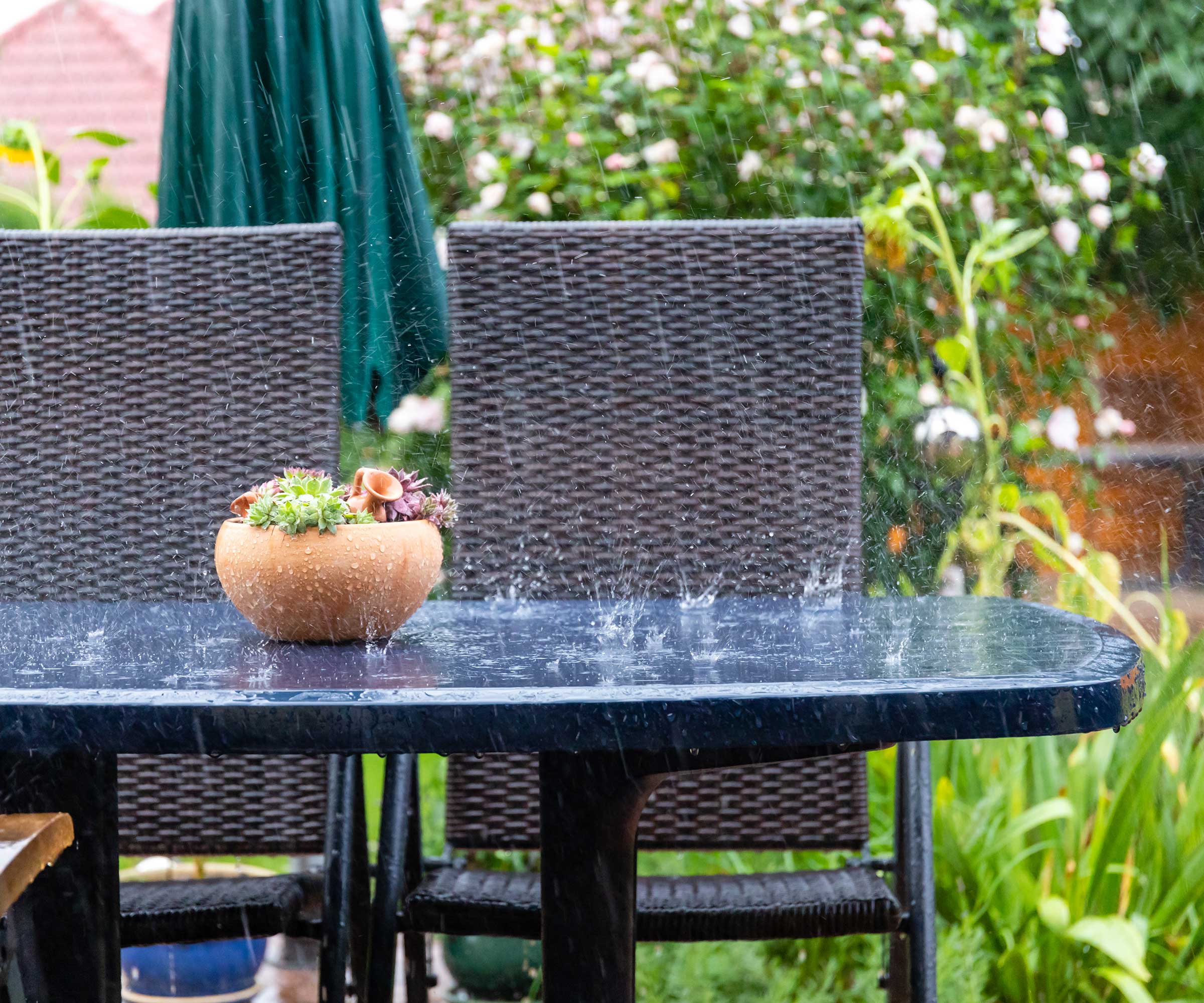
Steve Schwab reminds vacation homeowners that ‘covering your outdoor amenities when not in use, as well as bringing them inside when necessary, will extend their lifespan.’
Invest in outdoor furniture covers, available at Amazon. If you have a shed or garage, bring in all the chairs and tables. Disconnect the propane, cover and put away the grill. It’s a hassle, but it is worth it.
Our expert in-house winterizing guides are packed with useful tips and products.
2. Clear away leaves
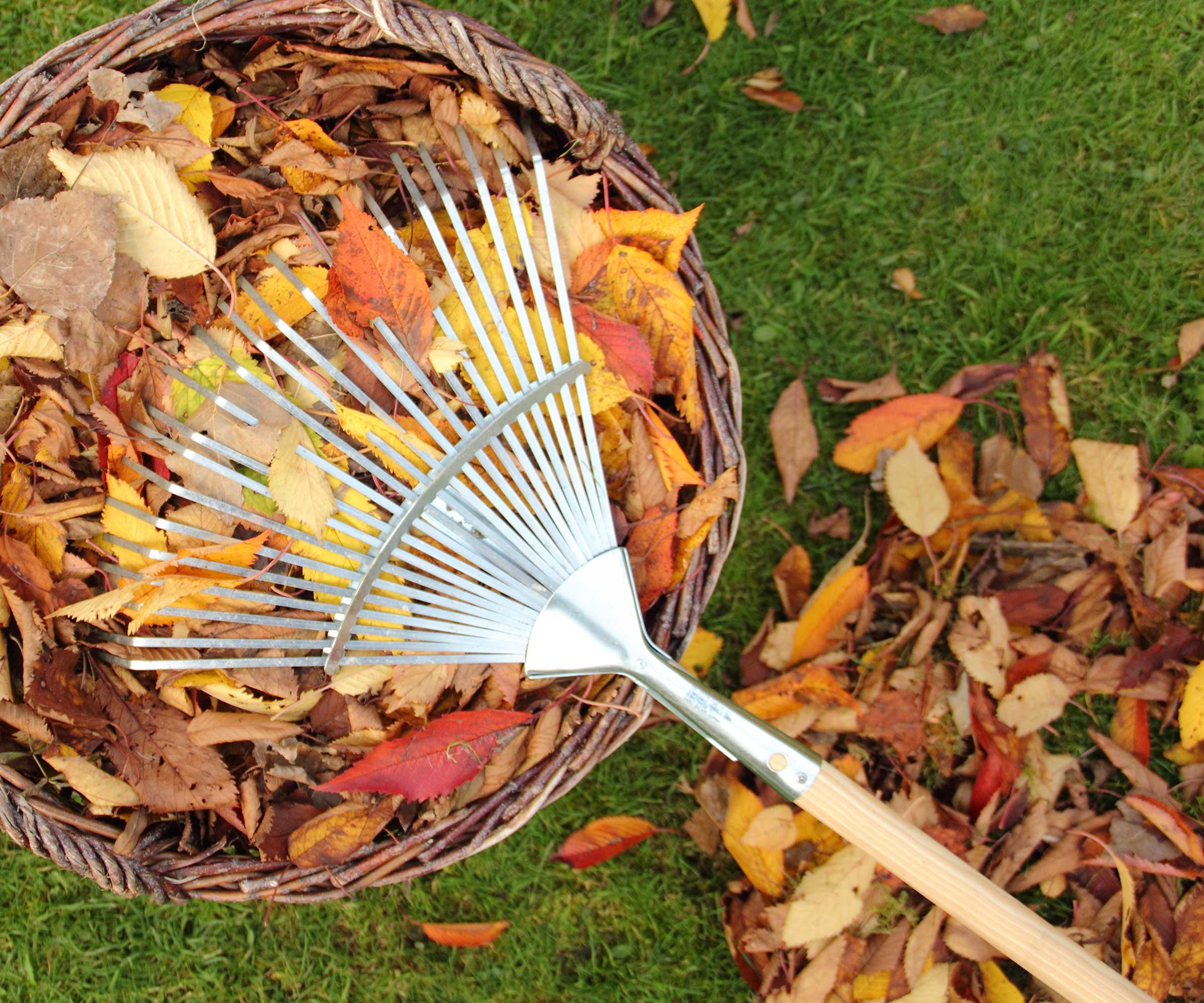
Collecting leaves is an essential closing down maintenance job for your vacation home if yours is in a temperate climate zone and has deciduous trees around it.
Leaving falling foliage to accumulate will cause all sorts of problems, especially if the leaves end up clogging the storm drains. In the worst case scenario, you could end up coming back to a property that flooded because winter rain or snow melt had nowhere to go.
Clear gutters of any debris before you leave. Walmart's telescopic guttering cleaning kit will reach up to 10 feet without needing a ladder.
Leaves are also favored by animals who may choose to nest in an undisturbed heap. Collect all the leaves with a rake or a tractor (if you have one) and either burn them or arrange to have them collected by a local municipal authority.
3. Clean indoors
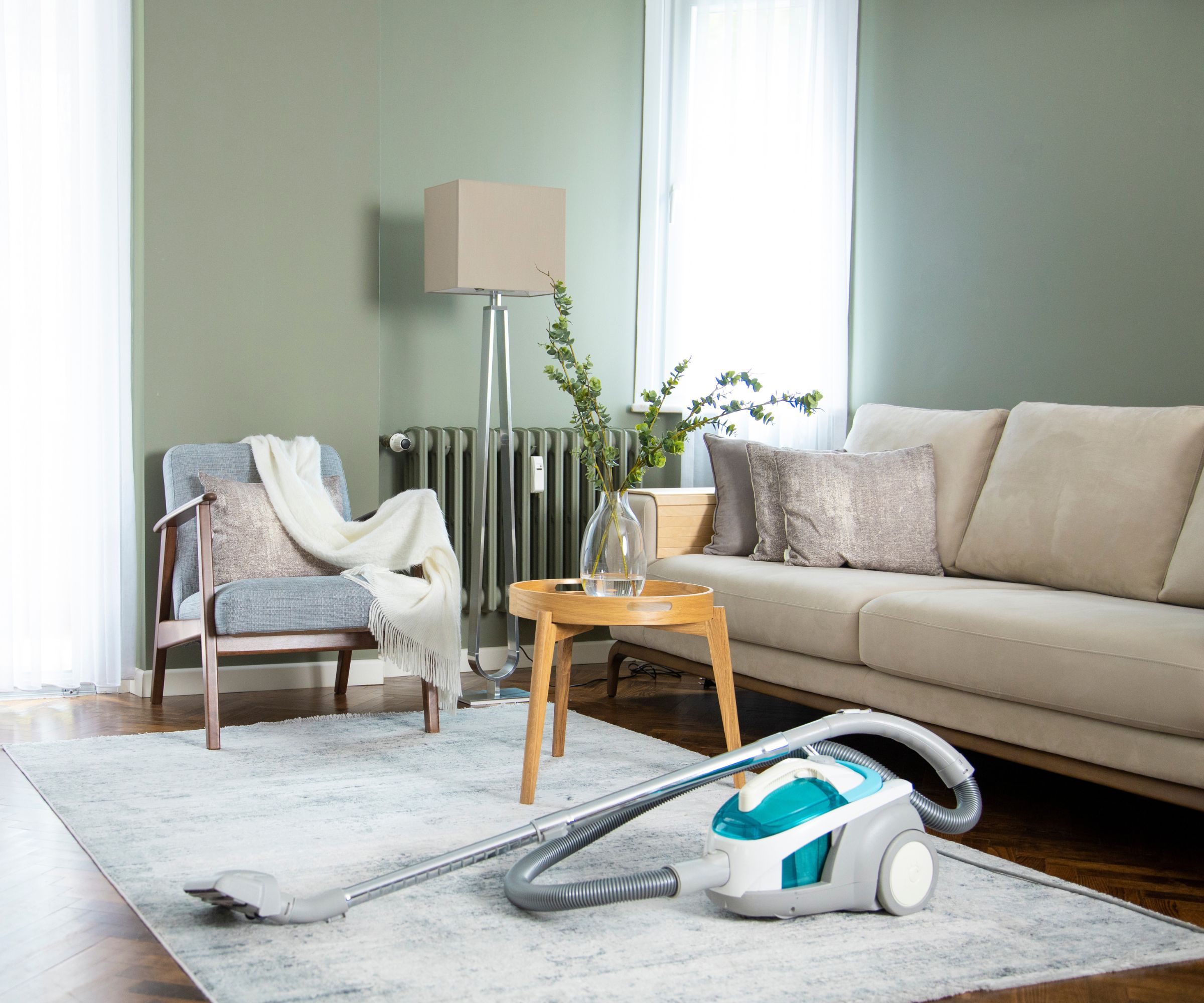
Give your vacation home as thorough a clean as you can before leaving. Food spills can attract pests and grow mold; the same goes for items accidentally left in the unplugged fridge.
Strip beds, launder and put away all the bed linens. We recommend packing away thoroughly clean and dry bedding in jumbo vacuum packing bags available on Amazon to prevent them getting musty.
Our room by room cleaning guides with tips and tricks from professionals in the field will make thoroughly cleaning vital areas a breeze:
- Cleaning a kitchen including emptying and cleaning your dishwasher, freezer, and fridge.
- Clean a pantry to avoid pests.
- Clean the bedrooms.
- Clean a mattress for a fresh sleep on your return.
- Clean a bathroom and close toilet lids as pests can come up drains in fall.
- Clean your washer and your dryer leave the door open to avoid mold.
- If you're running out of steam, you can clean a house fast, though a thorough deep clean is better when you're closing down your vacation homes for months.
4. Turn off the water
This is absolutely essential once you’re done cleaning. Leaving the water on can result not only in burst pipes, but also in substantial mold growth if there’s even a tiny leak somewhere in the house during the winter. Turn off all the faucets and valves before shutting off the main water supply. Learn how to drip faucets properly.
Don’t forget the garden hose! Make sure it’s drained and disconnected. If you have one, winterize your sprinkler system.
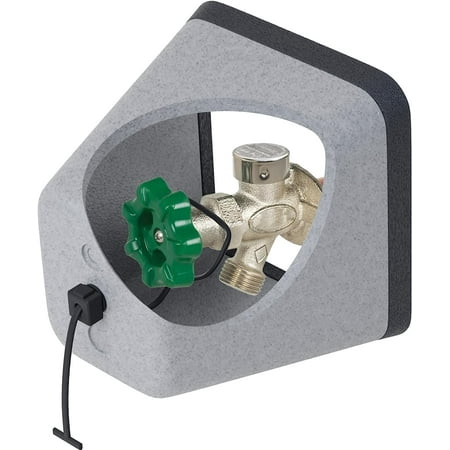
If you cannot turn your outdoor faucet off, cover it with an insulated cover to protect it from frost.
5. Make sure all the windows and doors are closed

This is a very simple step that is sometimes overlooked. Leaving even one window slightly open can lead to massive temperature and humidity fluctuations, which, you’ve guessed it, leads to mold. It also exposes your property to potential burglary.
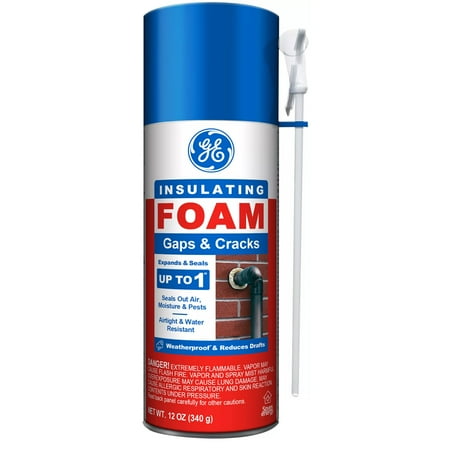
Insulating foam expands on application to fill gaps up to one inch in size, preventing air transfer for a warmer home and keeping pests out.
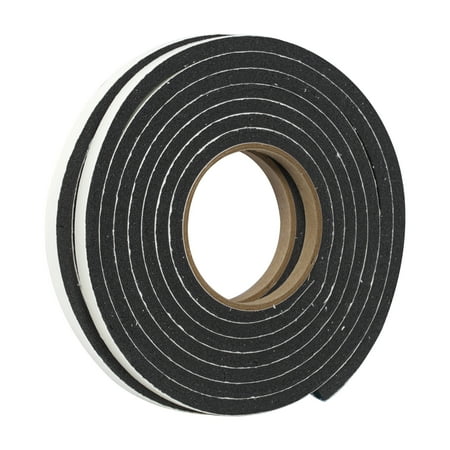
Weather stripping adheres to the outside edge of your windows and doors to form a tighter seal against drafts. It can help keep pests out too, especially mice who can sneak under small gaps and then breed in your vacation home.
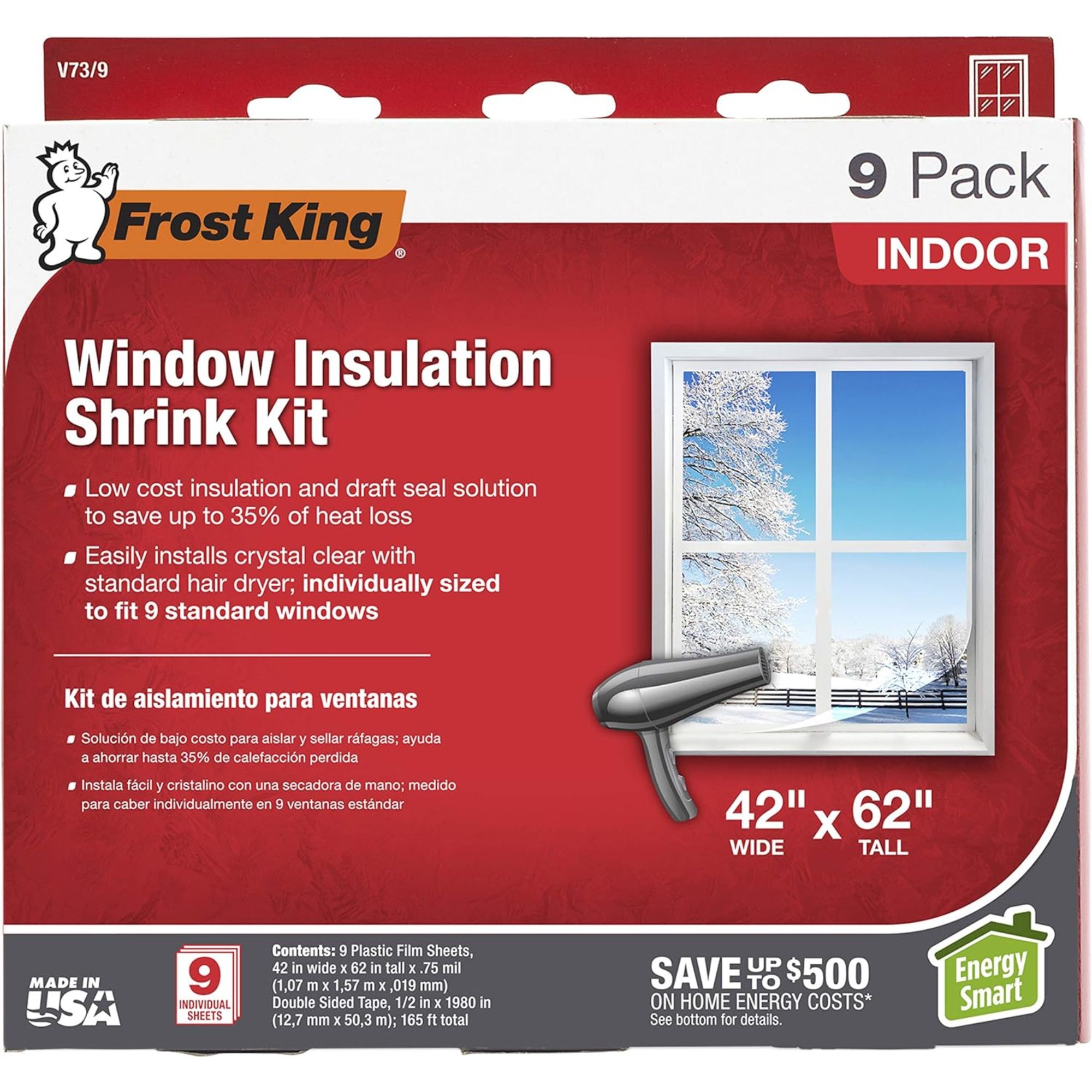
Window film applies another layer of protection on your windows to avoid or reduce heat transfer, helping to keep your home warmer for longer and therefore is protective for your pipes too.
6. Set pest traps
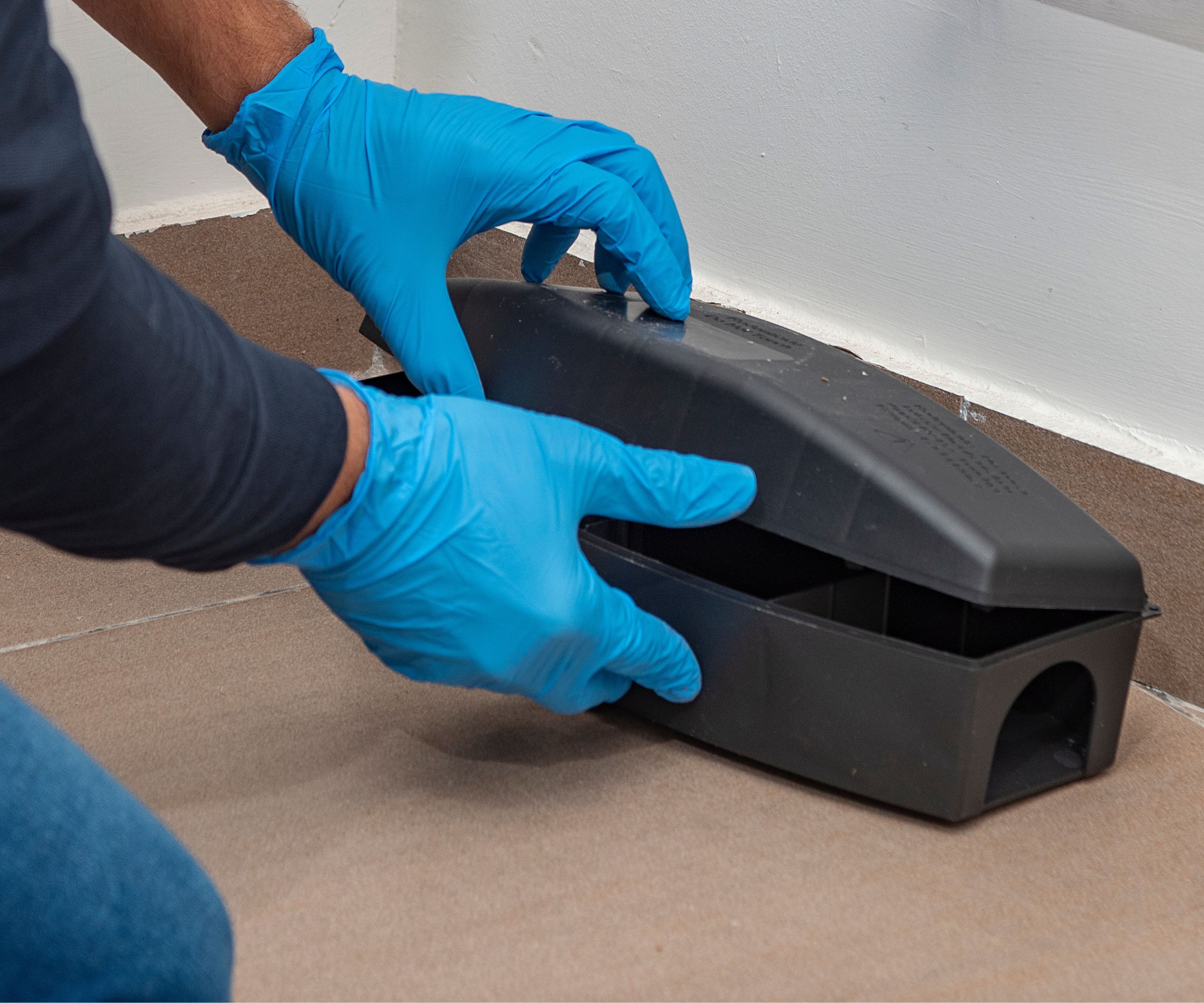
This again may seem unnecessary if you haven’t had a problem for a while, but is still very worth it. Mice and rats routinely scout out new areas in winter in search of food and warmth, so even if you haven’t had a pest issue in the past, it doesn’t mean you won’t this time around. Getting rid of rats is also very difficult once they've colonized your property.
You don’t need anything fancy, just regular snap traps and a bit of bait (mice in particular favor peanut butter).
7. Contact your waste management company and post office
Waste collection is seasonal or pay-on-demand in many remote areas. If you have an arrangement with your local waste collection service, now is the time to inform them that you’re closing up until next season.
If you get mail delivered at your vacation home, now is also the time to tell your local post office to have all mail diverted to your permanent address.
These are the essential steps you need to take to keep your vacation home in the best condition possible. If you’ve forgotten an essential step, like shutting off the water supply or clearing your garden drainage, you will need to come back to finish the job. Trust us: thoroughness pays off with vacation home maintenance.
Sign up to the Homes & Gardens newsletter
Design expertise in your inbox – from inspiring decorating ideas and beautiful celebrity homes to practical gardening advice and shopping round-ups.

Anna is a professional writer and academic. She taught English Literature for several years before joining Future where she wrote for Real Homes, Homes & Gardens and Livingetc for four years. She is a regular contributor for Parade Home, BiggerPockets, and many other publications. In her spare time, Anna enjoys hiking and gardening.
You must confirm your public display name before commenting
Please logout and then login again, you will then be prompted to enter your display name.
-
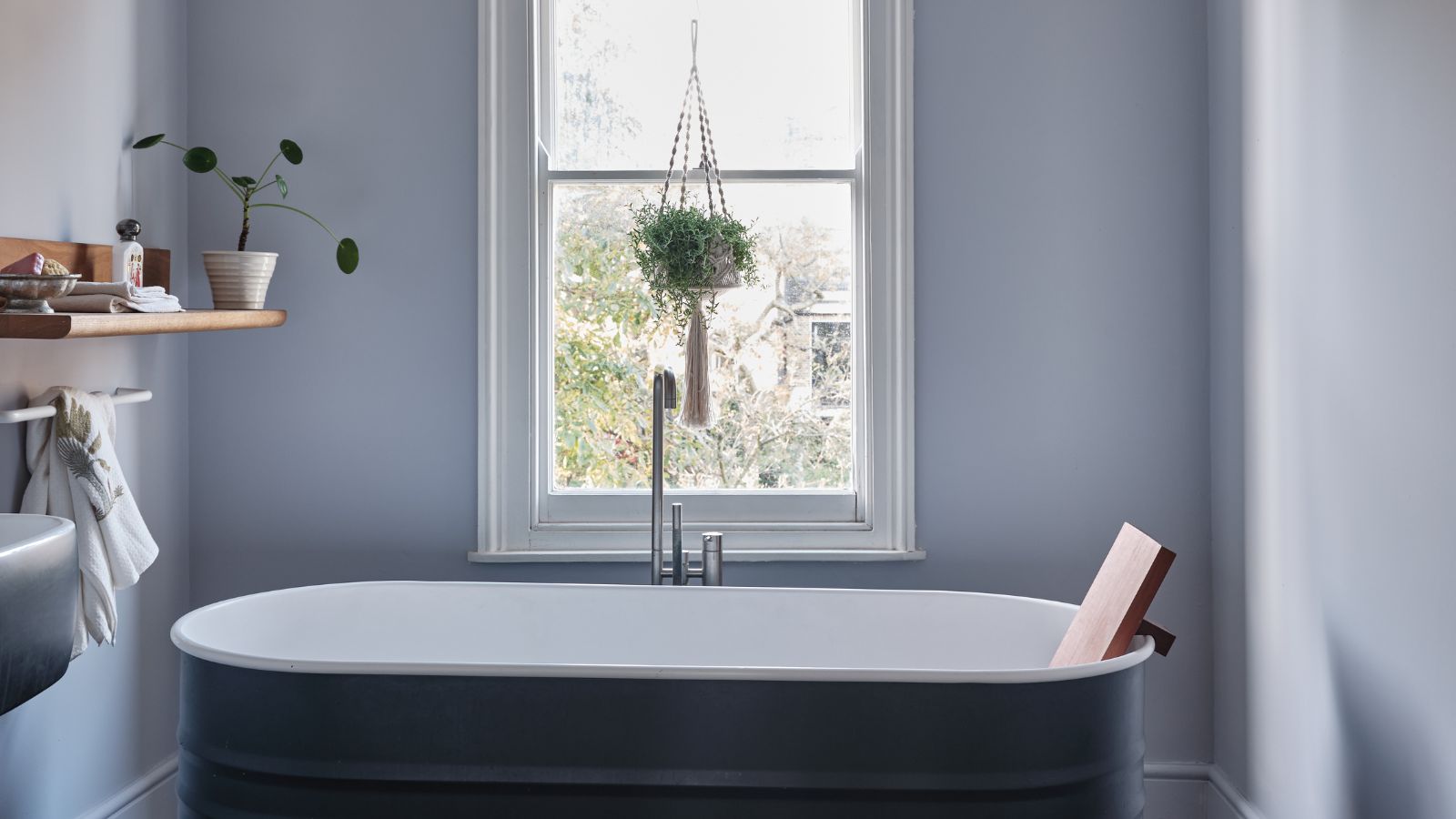 Bathroom colors going out of style in 2025 – and the designer-approved shades to decorate with instead
Bathroom colors going out of style in 2025 – and the designer-approved shades to decorate with insteadThese are the colors to swerve in your bathroom decor if you want to create a stylish and design-led space, according to experts
By Emily Moorman
-
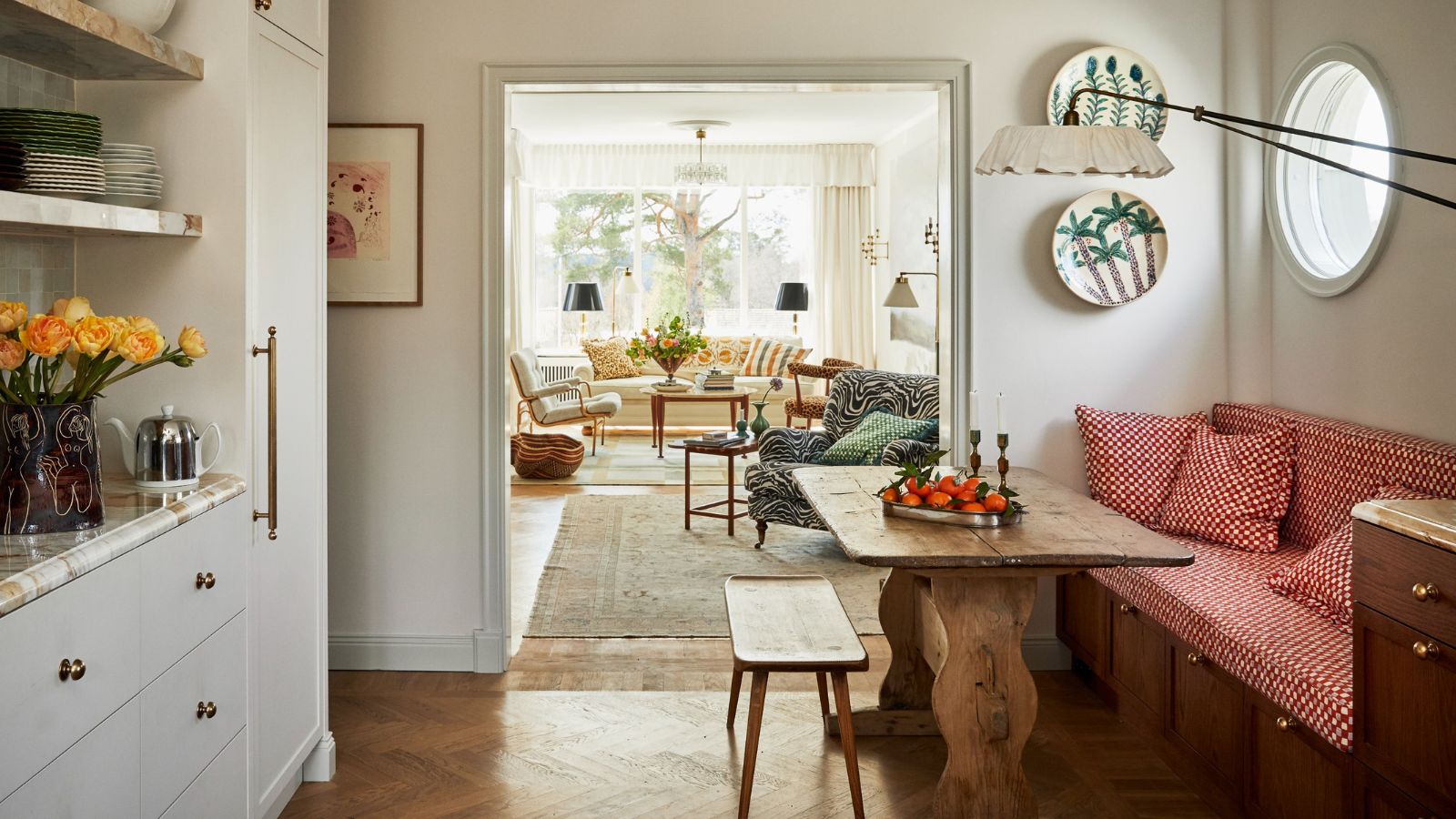 I swear by the ‘ETC’ method to prevent clutter and save money – my expert-backed checklist is transformative
I swear by the ‘ETC’ method to prevent clutter and save money – my expert-backed checklist is transformativeNow I Edit The Cart and save time, money, and energy
By Chiana Dickson
-
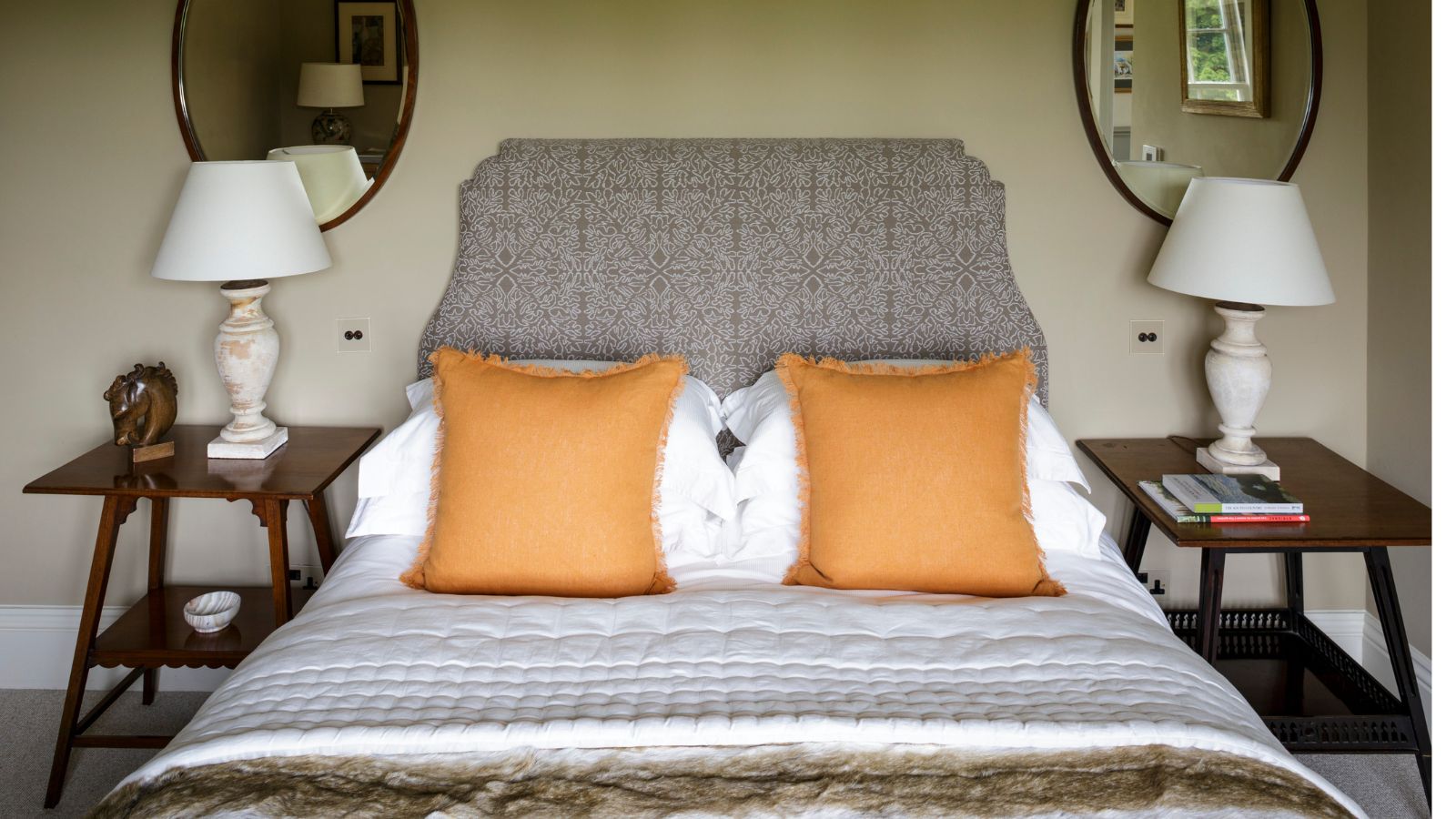 5 surprisingly practical ways to re-purpose old bed sheets for cleaning, decluttering and storage at home
5 surprisingly practical ways to re-purpose old bed sheets for cleaning, decluttering and storage at homeDon't ditch worn-out bedding – there's life in them yet
By Natasha Brinsmead
-
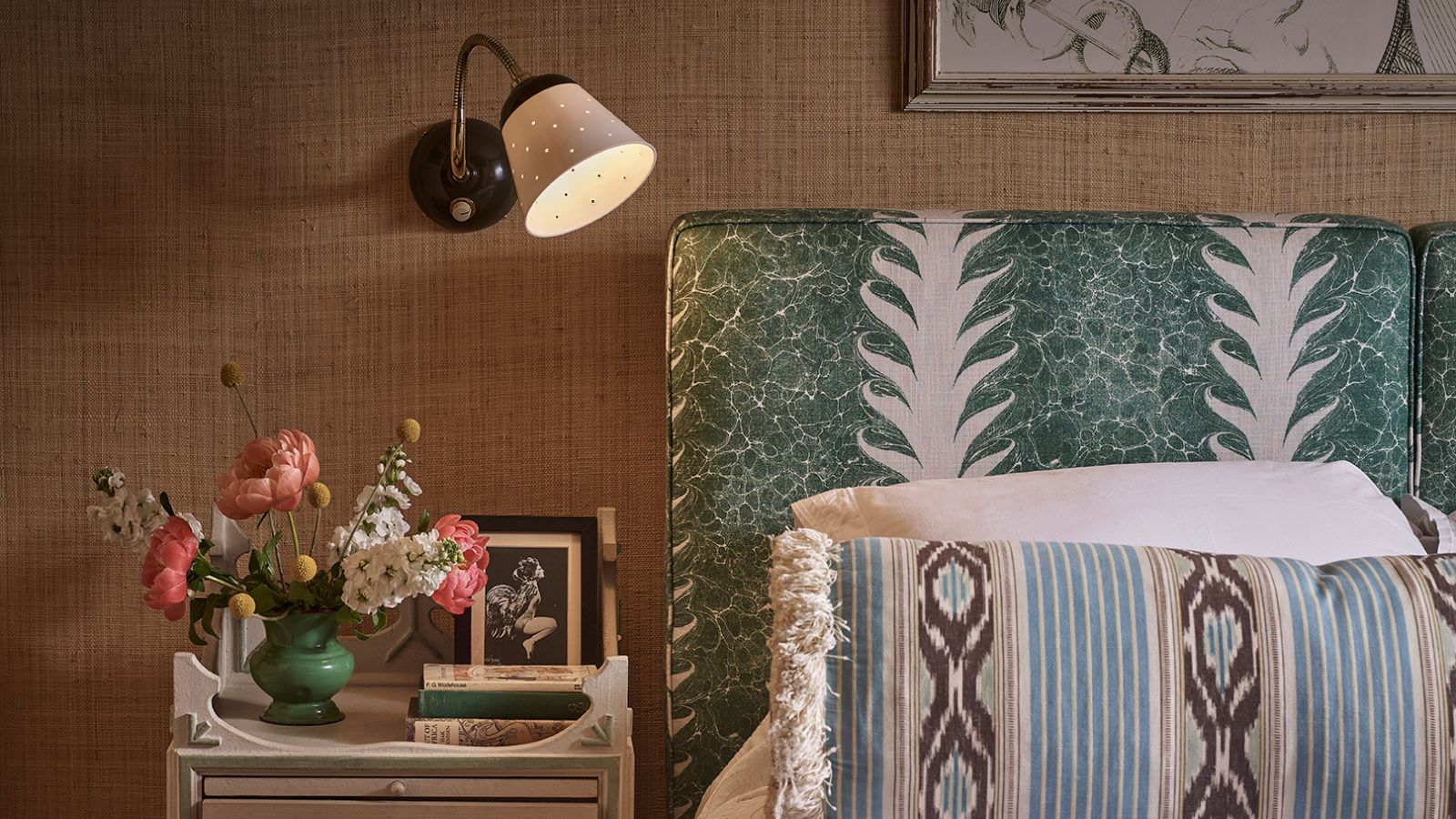 Do you need to turn the lights off when you leave a room? Experts have ended this time-honored debate once and for all
Do you need to turn the lights off when you leave a room? Experts have ended this time-honored debate once and for allOn or off? We delve into the details of this age-old dispute
By Chiana Dickson
-
 I tried the baking soda trick to quickly and naturally clean my outdoor rug – it’s now set for Easter outdoor hosting
I tried the baking soda trick to quickly and naturally clean my outdoor rug – it’s now set for Easter outdoor hostingBaking soda is perfect for lifting dirt and debris
By Eve Smallman
-
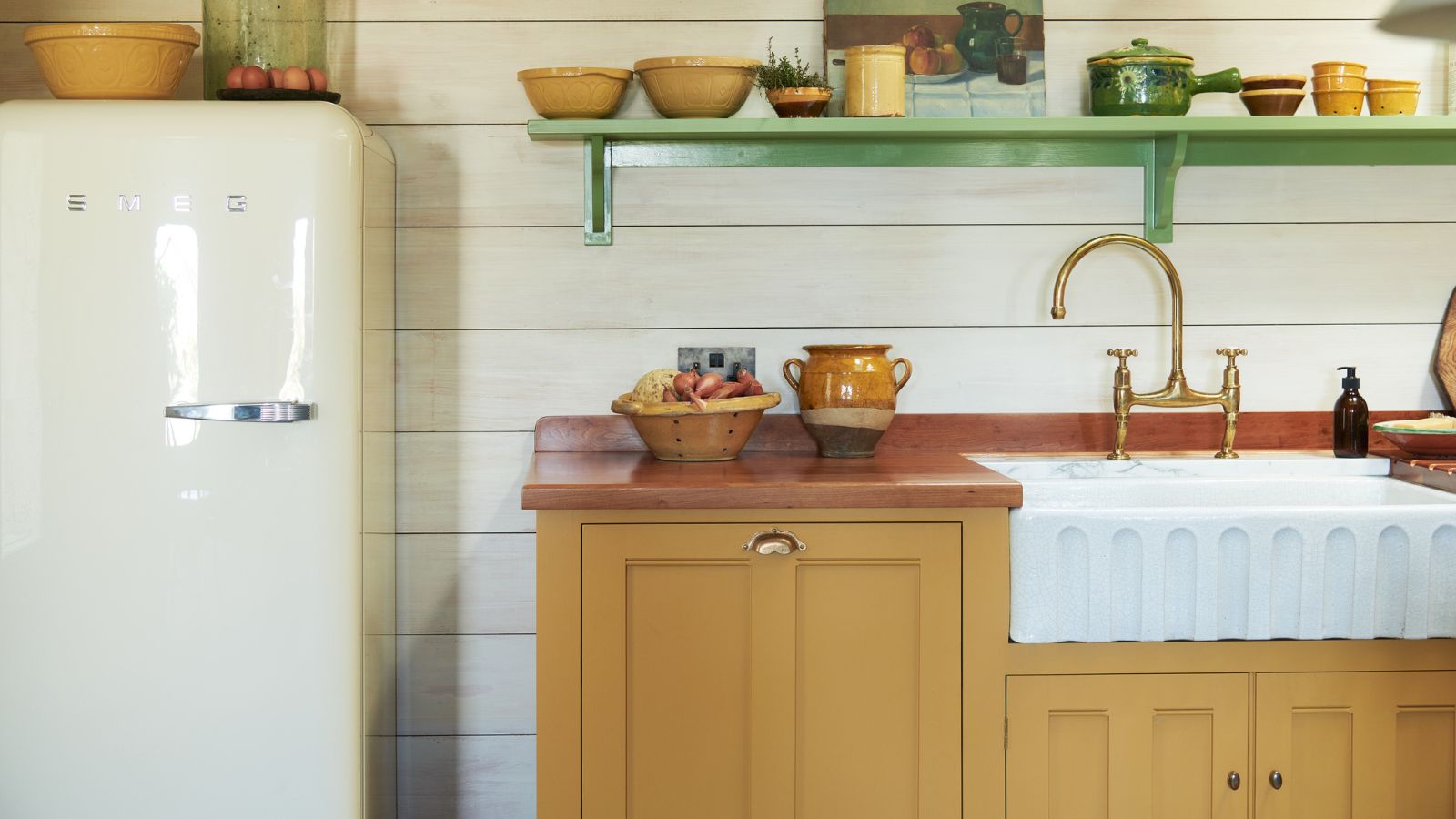 The 5 worst things you can do to your fridge – these will drive up energy costs and result in pricey and regrettable repairs
The 5 worst things you can do to your fridge – these will drive up energy costs and result in pricey and regrettable repairsIt's crucial to swerve these blunders, appliance experts warn
By Ottilie Blackhall
-
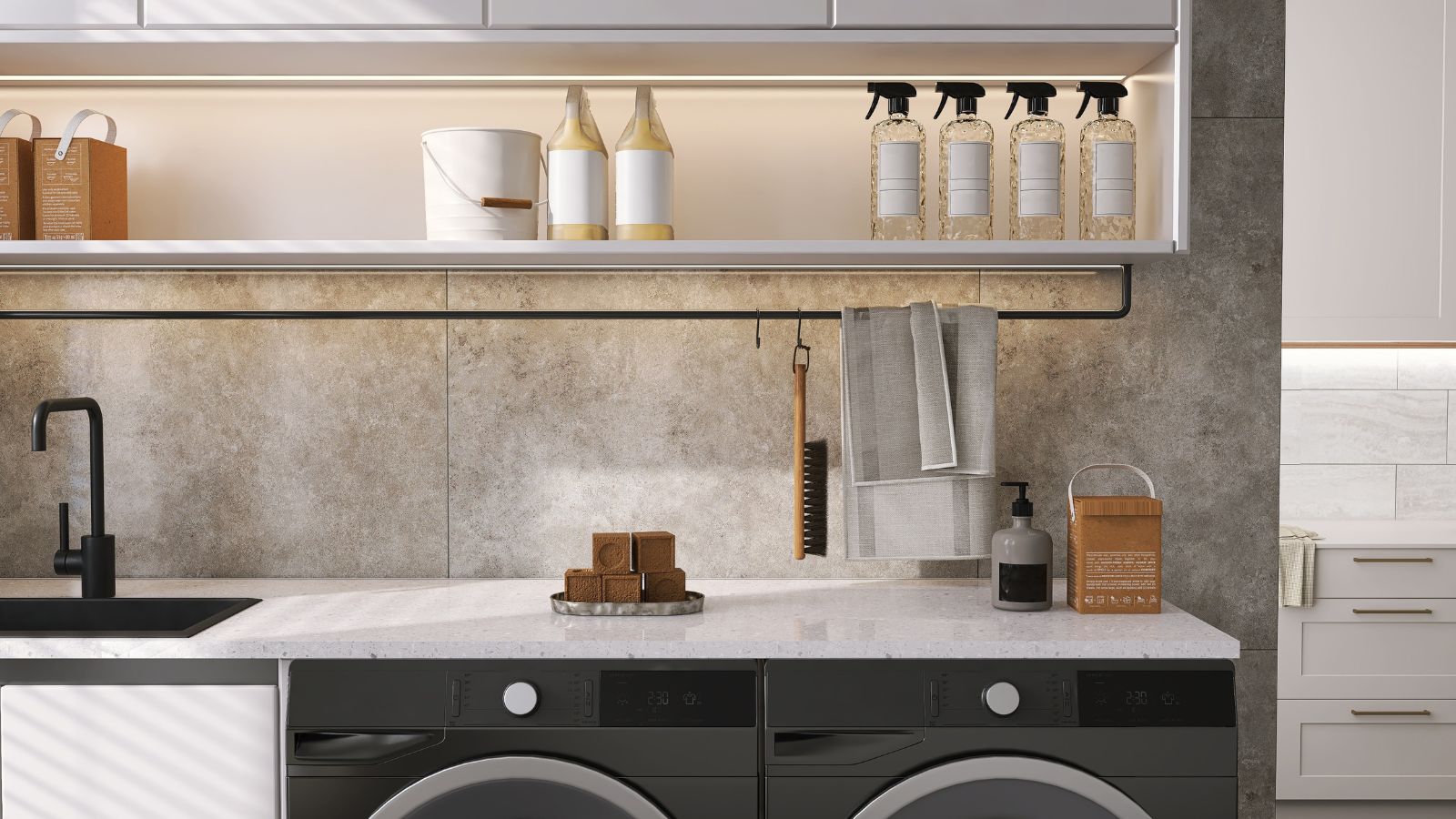 Extend the lifespan of your appliance with 5 simple but crucial washing machine maintenance tips
Extend the lifespan of your appliance with 5 simple but crucial washing machine maintenance tipsFrom cleaning the filters to keeping the door open, experts reveal the washer tips they swear by
By Andy van Terheyden
-
 5 vital ways a home battery backup can help with your most urgent needs in a power outage – from heating to flood prevention and calls
5 vital ways a home battery backup can help with your most urgent needs in a power outage – from heating to flood prevention and callsExperts say they're a worthy investment
By Clement Feng
-
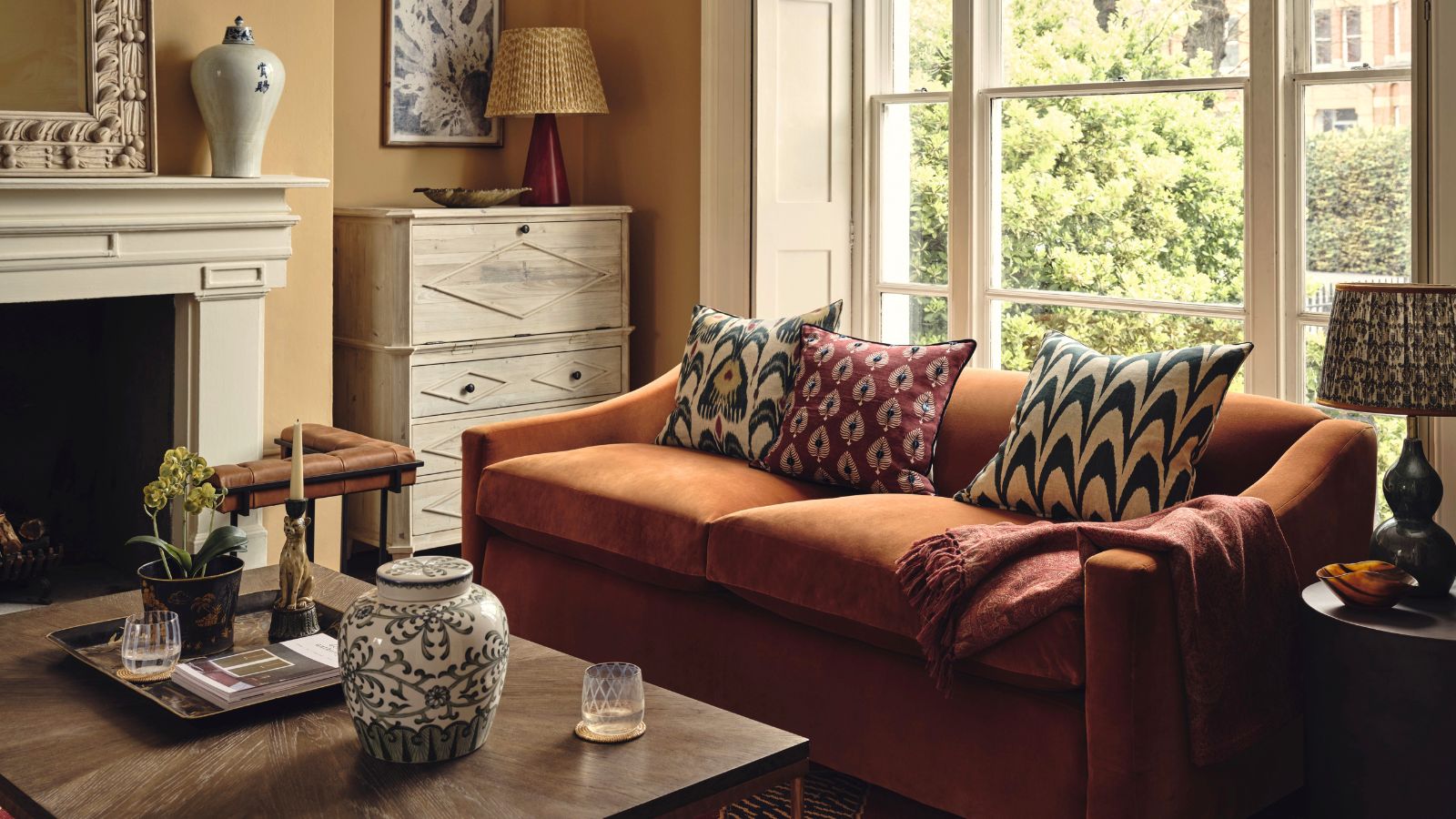 I’m an HVAC technician, and this is when I turn on my AC each year – plus 5 checks I always do beforehand
I’m an HVAC technician, and this is when I turn on my AC each year – plus 5 checks I always do beforehandSave yourself an AC hassle by running my checks and turning it on before big heat hits
By Josh Mitchell
-
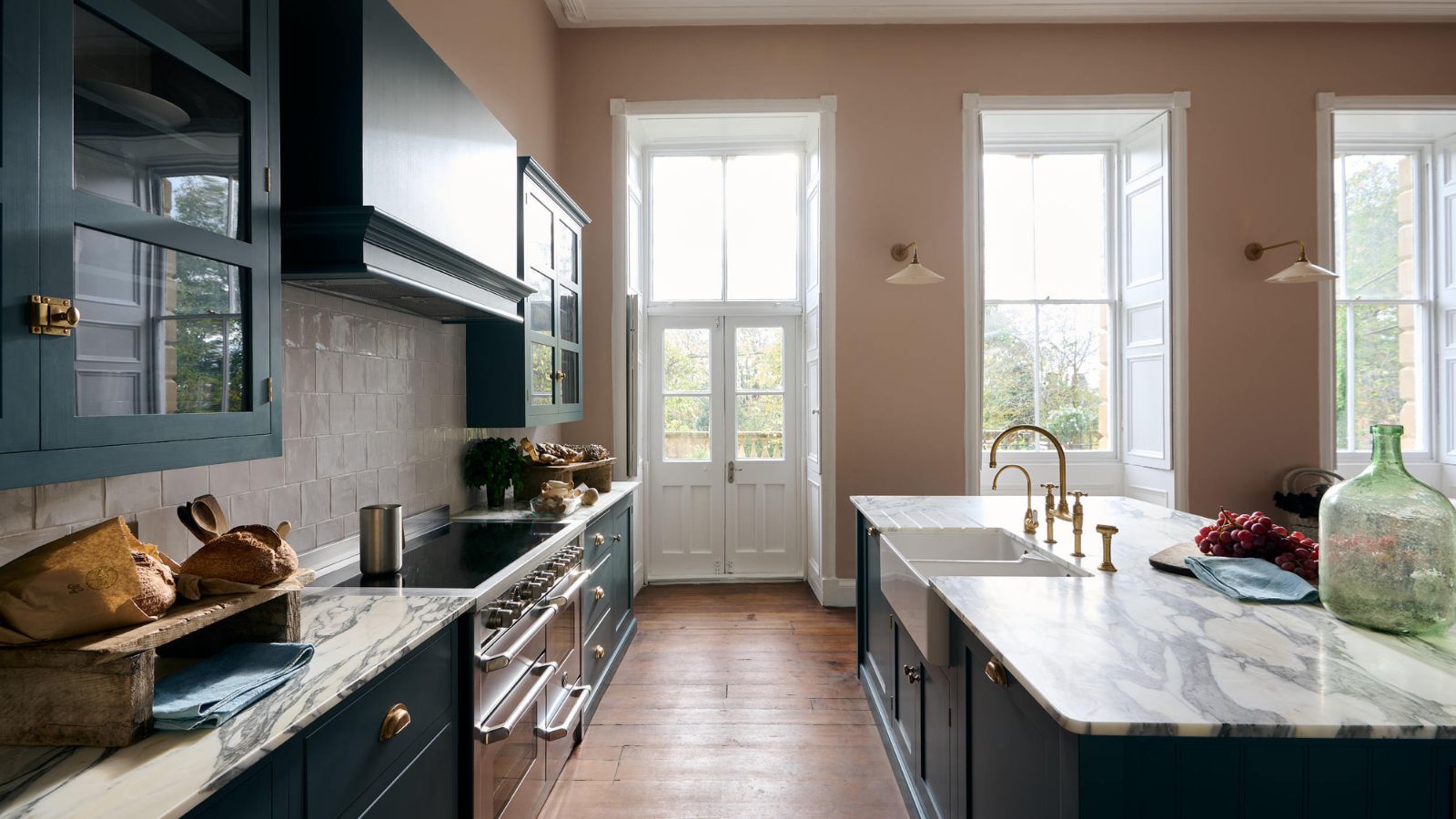 6 things you should never throw in the trash – and what to do for safe disposal instead
6 things you should never throw in the trash – and what to do for safe disposal insteadFrom batteries to space heaters, experts reveal what not to throw
By Andy van Terheyden